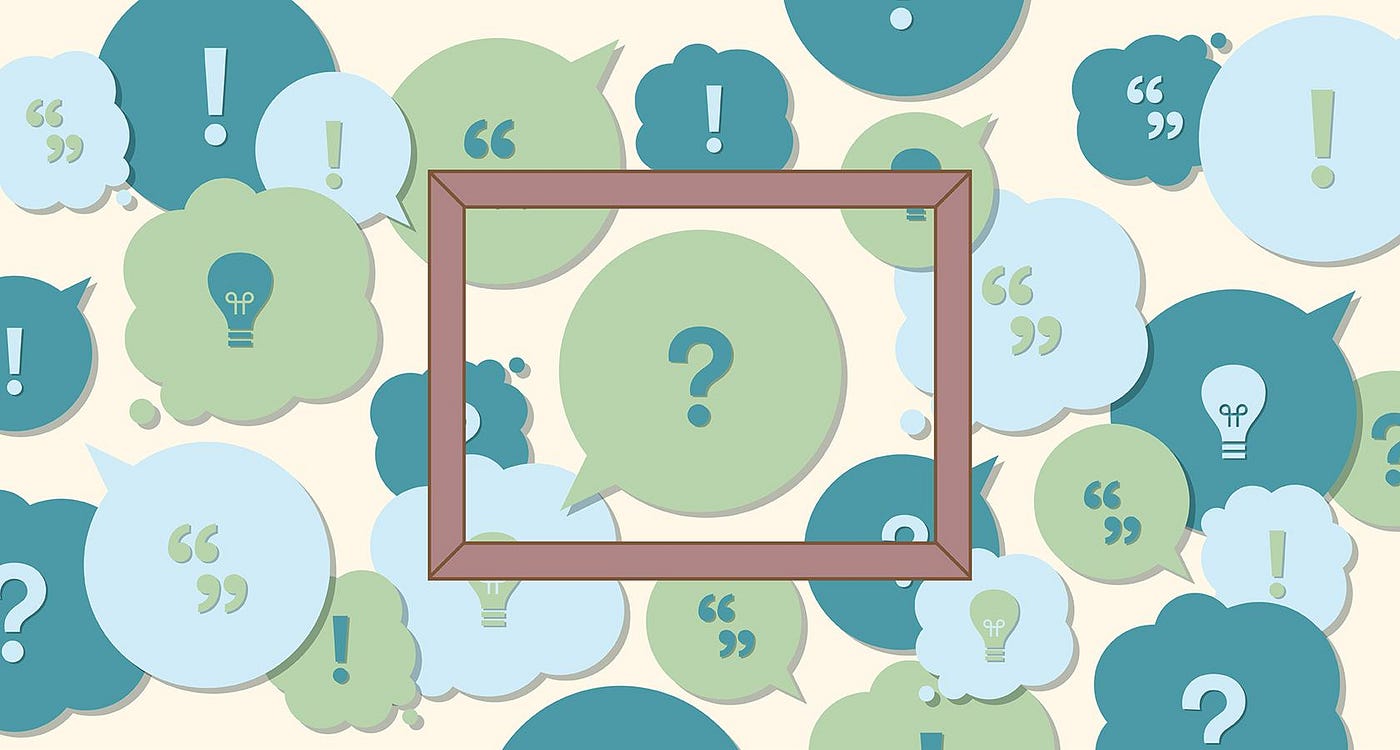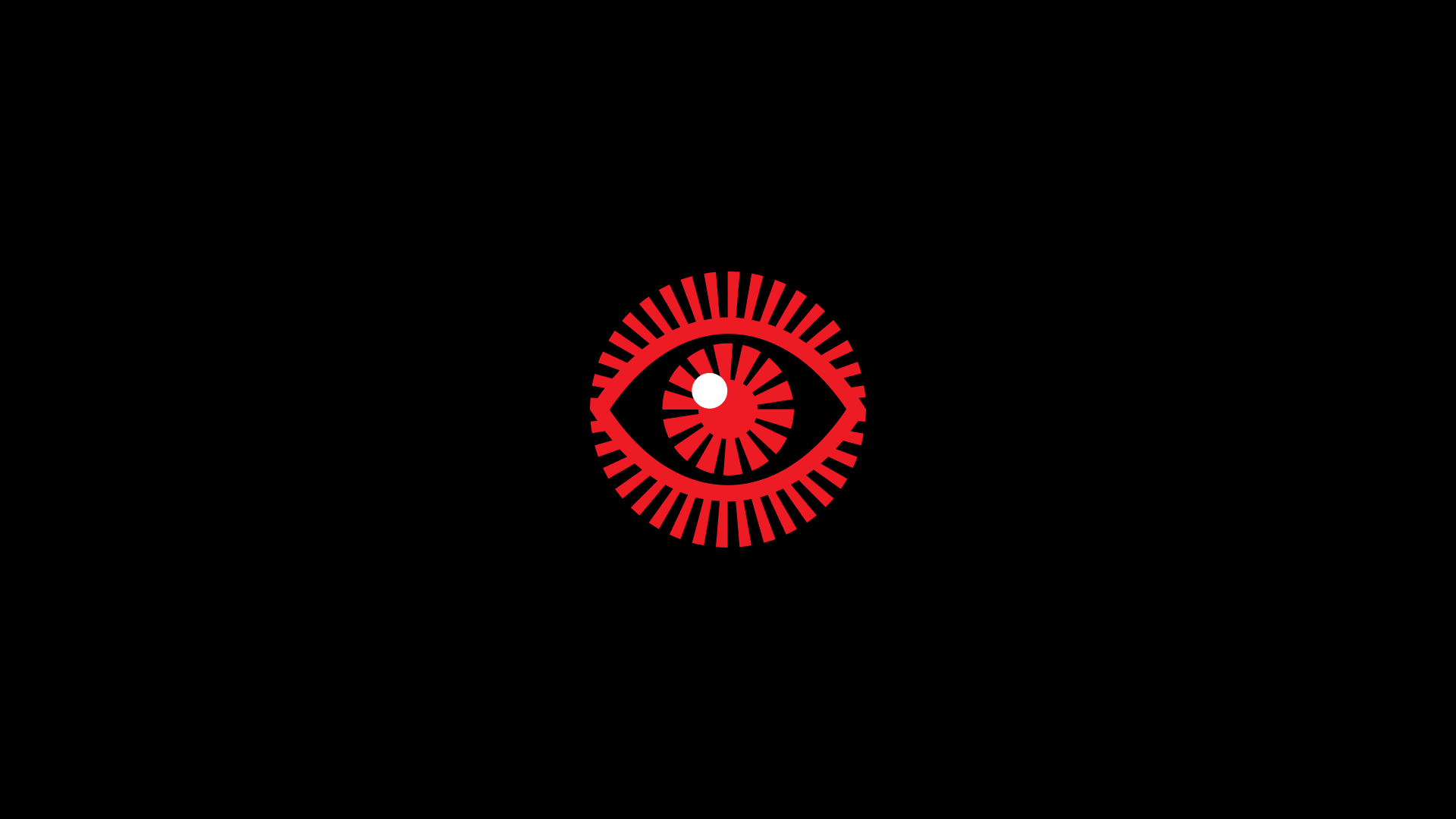This framework encourages the project team to think deeply about the problem, the users’ needs and preferences, and the effectiveness of the design solution. By answering these questions, the project team can develop a shared understanding of the project’s goals and objectives and ensure that the design solution is relevant, effective, and user-centered.
Why: This aspect of the framework delves into the purpose and rationale behind the design. It involves understanding the underlying reasons for creating the design, the problems it aims to solve, and the goals it seeks to achieve. By addressing the “why” of a design, you can ensure that your work is meaningful, purposeful, and aligned with users’ and stakeholders’ needs.
What: The “what” component of the framework defines the design’s specifics. It involves outlining the features, functionalities, and elements included in the design. This stage focuses on clarifying the project’s scope, identifying the design’s key components, and setting clear objectives for the final product’s delivery.
How: The “how” aspect of the framework deals with implementing and executing the design. It encompasses the strategies, methodologies, and processes that will bring the design to life. This stage involves planning the design workflow, selecting the appropriate tools and techniques, and defining the steps needed to effectively realize the design vision.

Practical Example
Why: The project’s goal is to improve the productivity and efficiency of employees in a large corporation by streamlining the process of submitting and approving expense reports.
What: We are designing an expense reporting system that allows employees to easily submit expenses and managers to approve or reject them quickly. The system will also include features to track the costs and generate reports for accounting purposes.
How: We will use a user-centered design approach, starting with user research to understand the pain points and challenges employees and managers face when submitting and approving expense reports. We will create user personas to represent the different roles involved in the process, and we will use journey mapping to visualize the user experience and identify opportunities for improvement.
We will design an easy-to-use, intuitive, and efficient system based on our research and insights. We will use a design thinking approach to generate and test design solutions, including ideation and prototyping. We will also involve employees and managers in the design process, gathering feedback and iterating on the design to ensure it meets their needs and preferences.
Once the design is finalized, we will implement the system using agile development methods, conducting user testing and refining the design as needed. We will measure the system’s success using KPIs such as employee satisfaction, time saved in the expense reporting process, and reduced errors and omissions in expense reports. Focusing on the “Why, What, How” framework ensures that our design solution is user-centered, effective, and aligned with the project’s goals and objectives.
By following the “Why, What, How” framework, you can ensure a comprehensive and systematic approach to design projects, starting with a clear understanding of the purpose, defining the specifics of the design, and outlining the implementation strategies to achieve successful outcomes.

